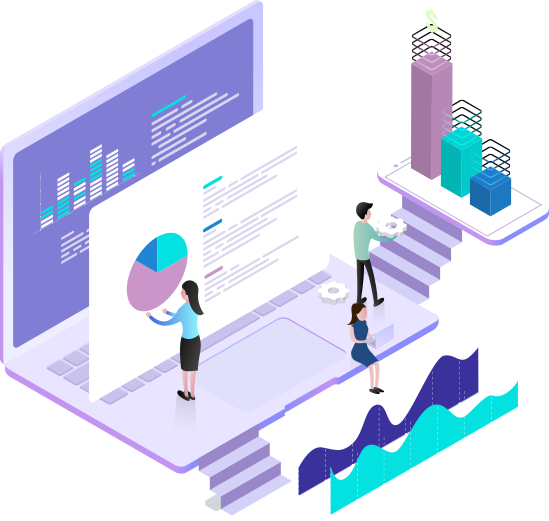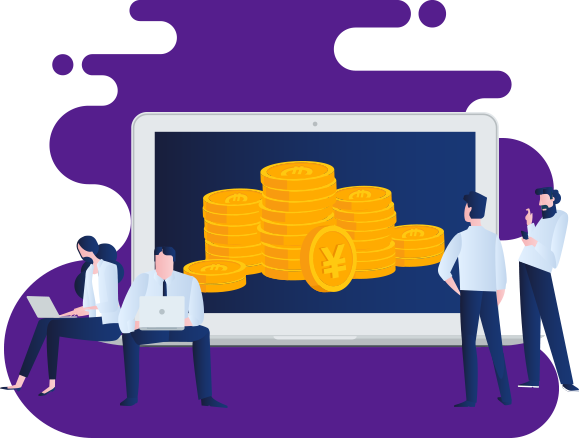education
Analyzing Forex Market
Forex Mechanics
Currency Pair
A currency pair is always traded in pairs written just like EURUSD. The first currency is known as the base currency, and it shows how much it is worth as measured against the second currency. The second currency is known as the quote or pip currency, and any unrealized profit or loss is expressed in this currency.
Bid/Ask Price
The highest price that a buyer is willing to buy a currency pair is called the Bid Price.
Example: 1.0120/1.0126
Also known as the Offer Price or Asking Price; the ask price is the highest price that a seller is willing to accept for a currency pair.
Example: 1.0120/1.0126
Common Forex Terms
Lot Size
The standard unit size of a transaction. Typically, one standard lot is equal to 100,000 units of the base currency, 10,000 units if it is a mini, or 1,000 units if it is a micro.
Leverage and Margin
Leverage is referred to as the ratio of the amount of capital used in a transaction to the required security deposit with the ability to control large dollar amounts of a security with a relatively small amount of capital.
Margin is referred to as the amount of capital needed as a deposit to open and maintain a position. A margin is not a fee or a transaction fee taken against the client, but instead it is a percentage of the full amount of the position allocated as a margin deposit.
Example:
Let us say that the client has a $10,000 account with a brokerage. The client trades ticket sizes of 1,000,000 EURUSD. This equates to a margin ratio of 1% ($10,000 is 1% of $1,000,000) 100:1 leverage. How can the client trade 100 times the amount of money in his disposal? The answer is that the brokerage temporarily gives every client necessary credit to make margin trading transactions possible. Without the margin, the client would only be buying and selling currency pairs of $10,000 at a time.
Pip
The most common increment of currencies is known as the Pip. It is the smallest value change in a currency pair’s exchange rate.
Example:
1 pip = 0.0001 for Non-JPY Pairs (EURUSD, GBPUSD, etc.)
1 pip = 0.01 for JPY Pairs (USDJPY, GBPJPY, etc.)
Swap
The Swap, also known as a rollover, pertains to the process of extending the settlement data of open trading positions. The swap is a fee calculated by the difference in the interest rates that apply to the two currencies in the traded pair. If the interest on the base currency is higher than that of the quote currency, the client will earn a positive swap. On the contrary, when the interest rate of the quote currency is higher than that of the base currency, the client incurs a negative swap by which it can add significant extra cost to the profit or loss of the trade.
Example:
When a client buys a currency pair, let us say for example the EURUSD, the client is buying the EUR, and selling the USD. If the EUR’s interest rate is bid at 1.0%, and the USD’s interest rate is at 0.1%, the client is buying the currency with the higher interest rate which results in a positive swap of about 0.9% on an annual basis.


Forex Technical Analysis
Modern day technical analysis can be categorized into either classical chart analysis or computerized technical analysis.
Classical Chart Analysis
- “Makes use of trend lines to detect potential areas of support and resistance.Employs price gap interpretation, candlestick patterns, one day reversals and volume expansion or contraction as tools of the trade.”
Computerized Technical Analysis
- “Makes use of computer software to construct technical indicators.Technical indicators are basically mathematical interpretations of price movement and are usually depicted in graphical form.
- More objective than classical chart analysis; main drawback is that indicators are sometimes giving contradicting signals.”
Forex Fundamental Analysis
It is a technique that focuses on the underlying factors of economic developments by measuring its intrinsic value through the analysis of related economic, financial and other qualitative factors such as interest rates, inflation, employment, production levels, and even political events that predict the direction of the economy, thus driving the fluctuation and volatility of exchange rates in the currency market.
If you think of the foreign exchange market as a big clock, fundamentals are the gears and springs that move the hands around the face. Anyone can tell you what time it is now, but only through Forex technical and fundamental analysis would you know about the inner workings that move the clock’s hands toward times or prices in the future.
Fundamental analysis aims to provide investors a tool that could correlate exchange rates with economic activity. It has been estimated that 25% of the foreign exchange market’s participants trade with fundamental analysis through the anticipation, and through the understanding of each component and the individual factors that make up the current data report or figure.
Interest Rate Influences
When the interest rates are raised, investors will want to capitalize on high returns and you will see money flowing into the country. When one country’s interest rates rise, their currency is seen as being stronger than the other currencies. This happens because investors seek more of that currency to profit more. Simply put, it is seen as a good thing when interest rates are hiked and an adverse thing when they are cut.
For example, higher interest rates in the United Kingdom may prompt Japanese investors to sell the Japanese yen and buy bonds in British pound. Similarly, if interest rates increase in the United States, those investors may decide to sell their Pound-bonds and move into bonds in US dollar, driving the British pound down and the US dollar up.
Geo-Political Events Influences
When there is geo-political news of macroeconomic proportions such as political instability, coup d’état, earthquakes, or hurricanes in other countries, it drives up the demand for the safety currencies like the US dollar as investors look for a “safe haven” for their capital investments. Petroleum Prices Influences
When the prices of petroleum-related products such as crude oil and natural gas rise, the currency values of oil-dependent countries such as the United States and Japan weaken as a result of high production costs, consequently leading to inflationary pressures in the economy. If you believe oil prices will continue to rise, you can consider buying commodity-based currencies such as the Canadian dollar or the Australian dollar or by selling oil-dependent currencies.
Gold Prices Influences
When the prices of precious metals such as gold and silver rise, the value of the US dollar weakens as the currency has an inverse relationship with gold prices. Historically, gold was a safe haven of major currencies back in the 19th century, but in the current Floating Period, the US dollar is known as the safe haven of major currencies.
When the gold price breaks into an important level, currencies of major gold producers such as the Canadian and Australian dollars are expected to rise against the Japanese yen and the British pound.
Sources:
www.wikipedia.org / www.corporatefinanceinstitute.com / www.businessdictionary.com / www.readyratios.com / www.moneycrashers.com




